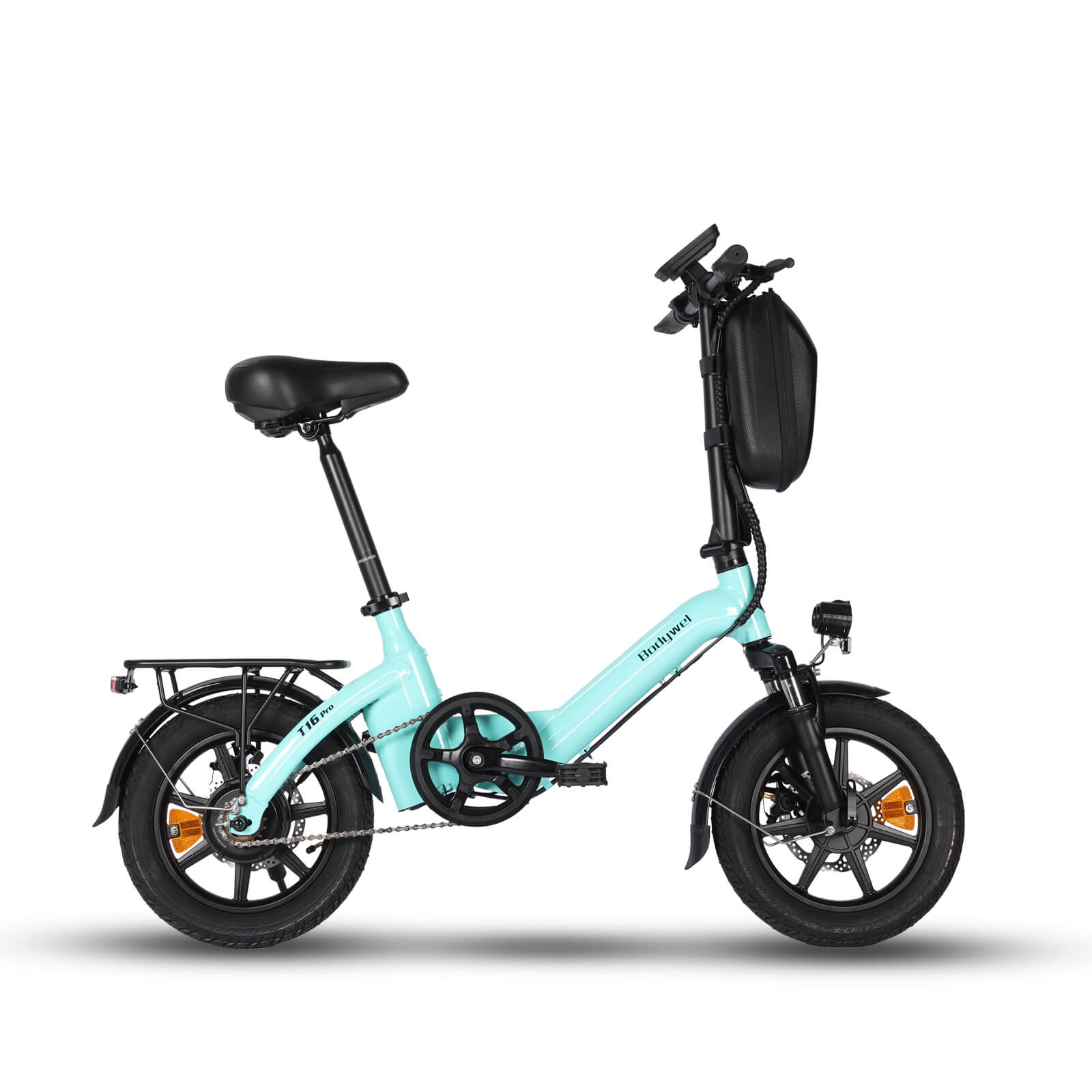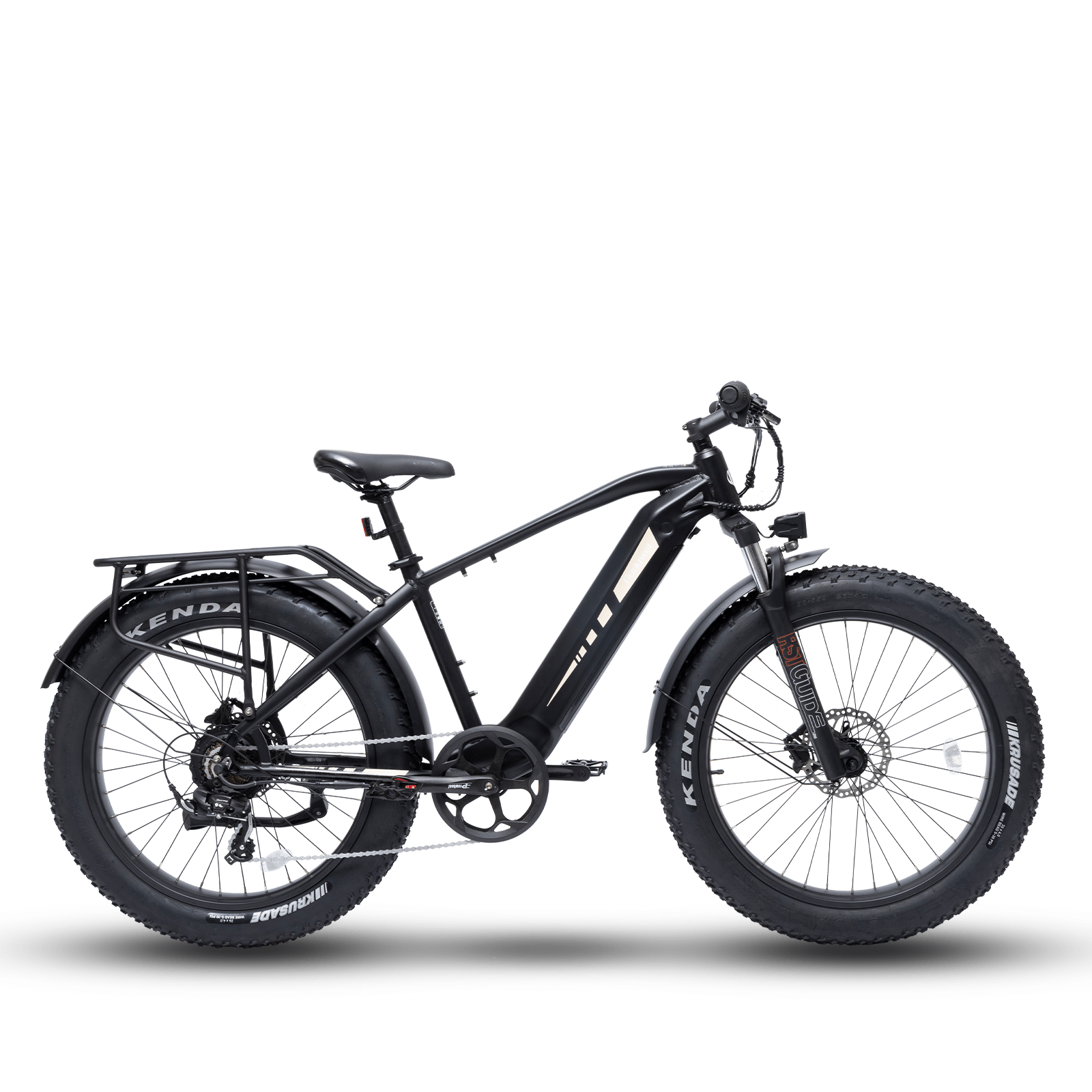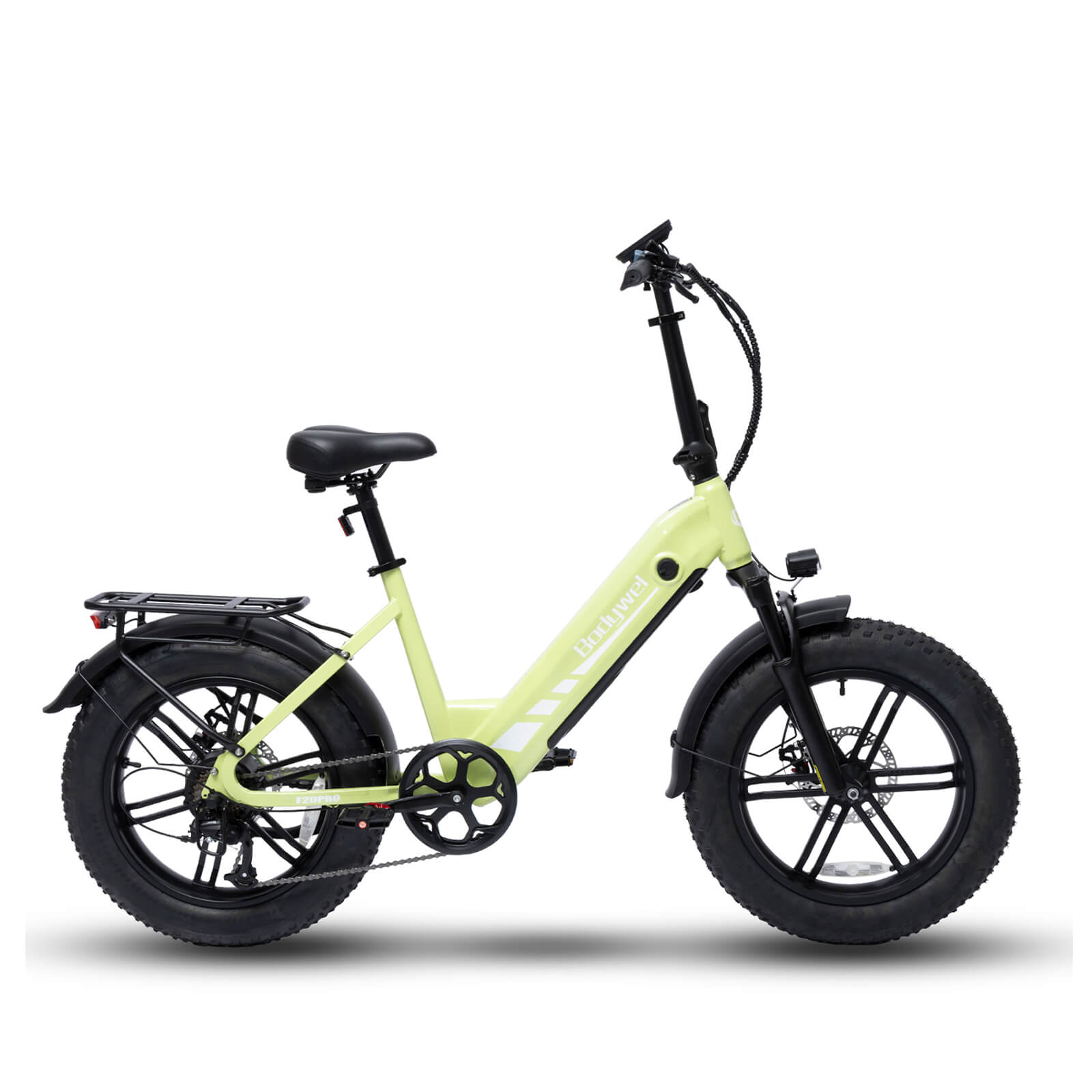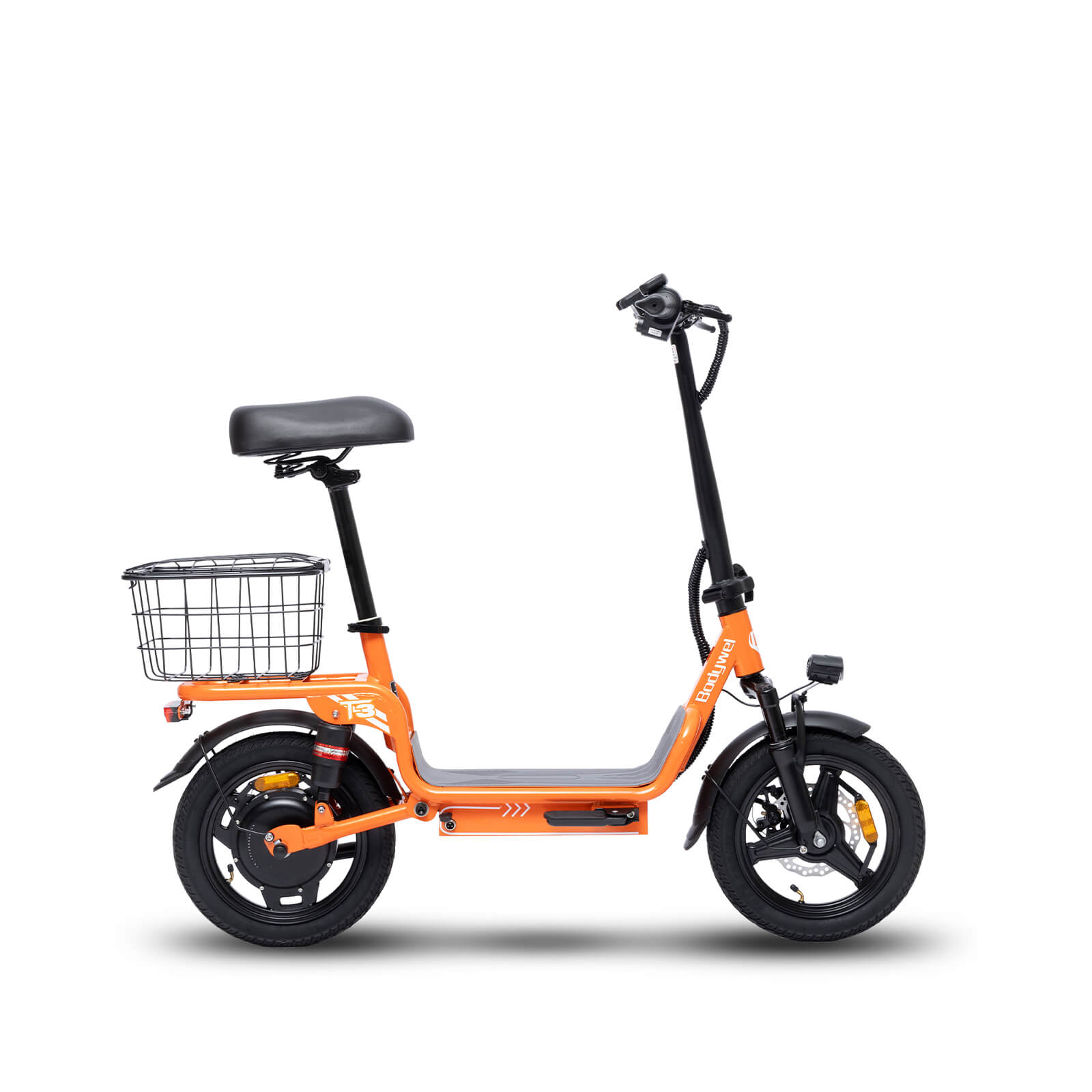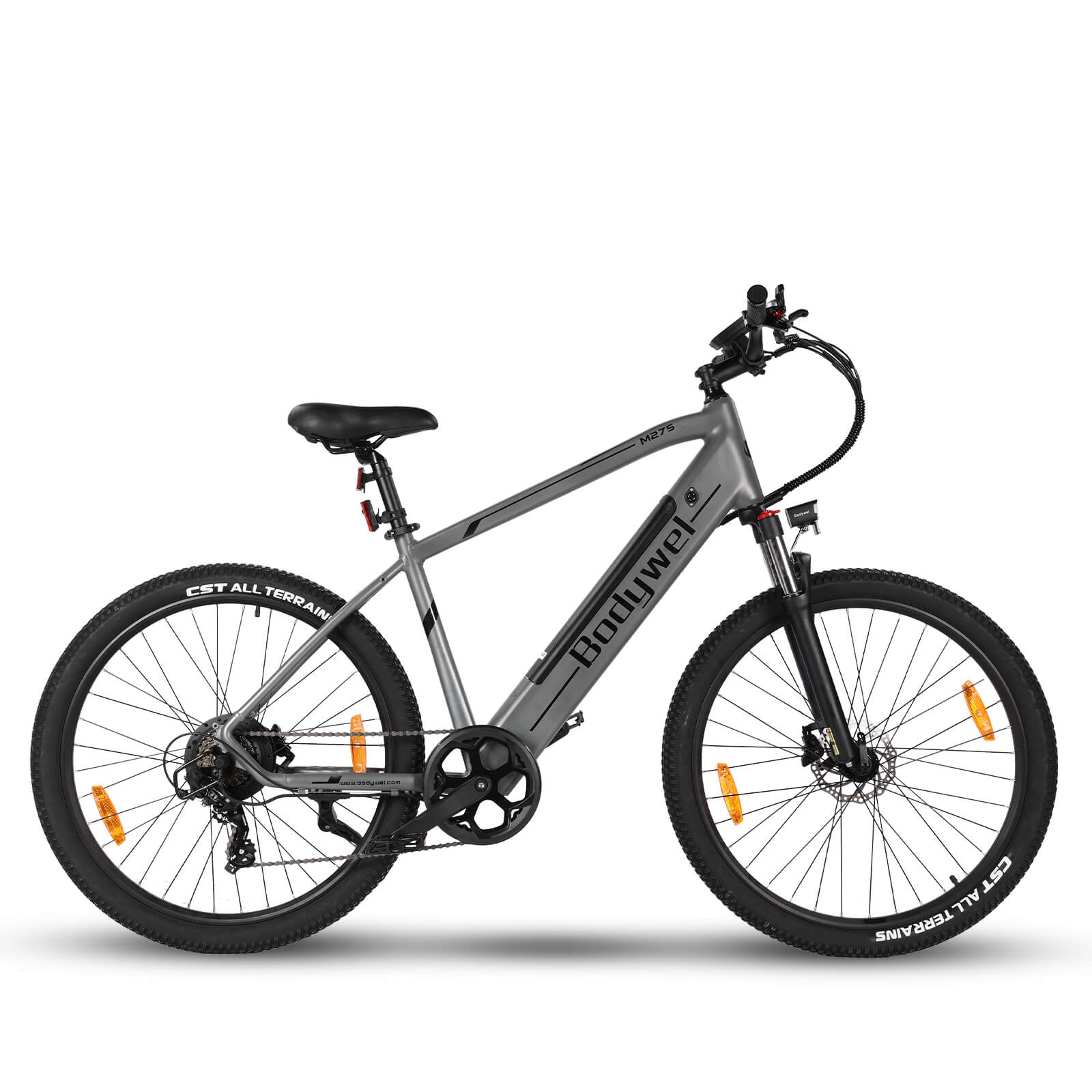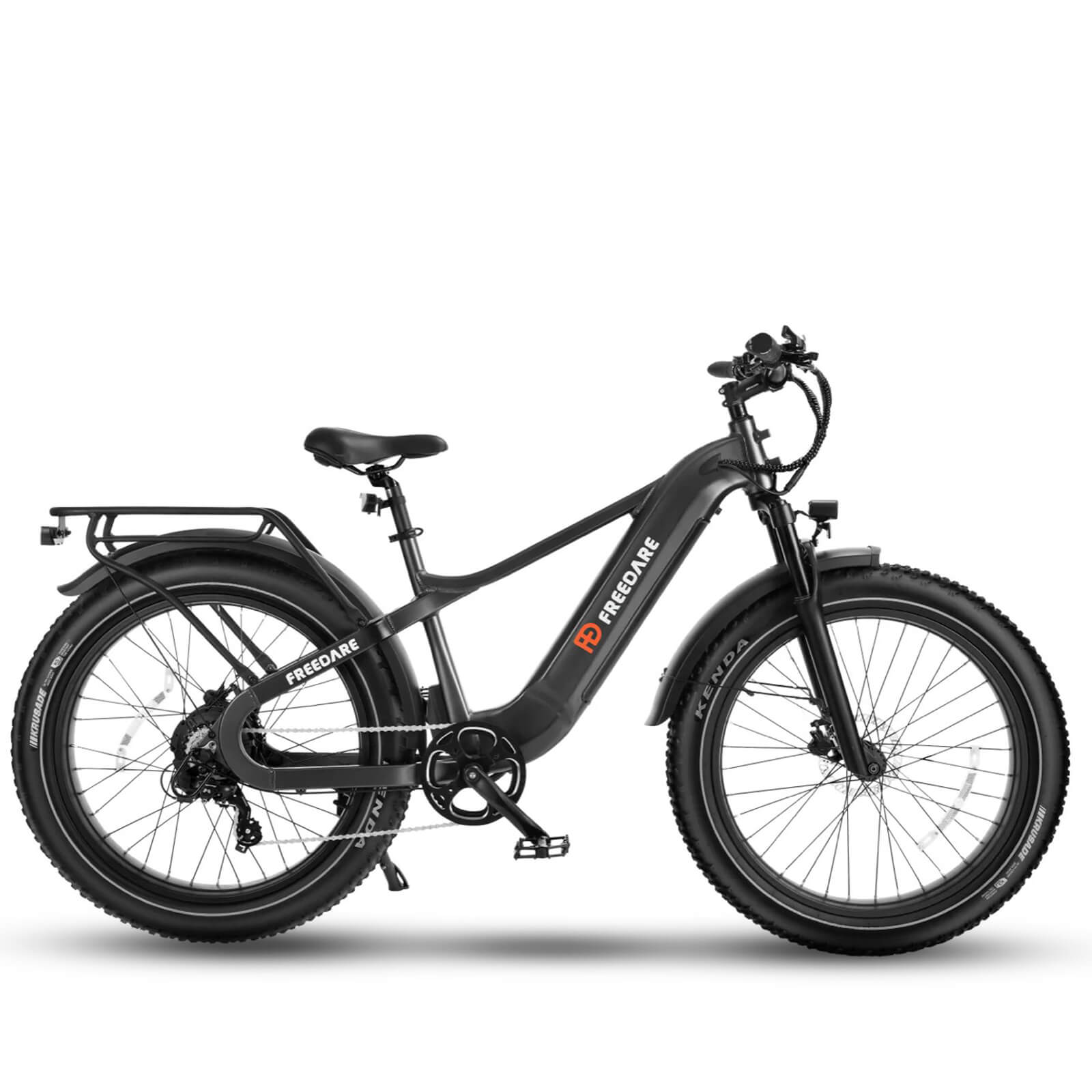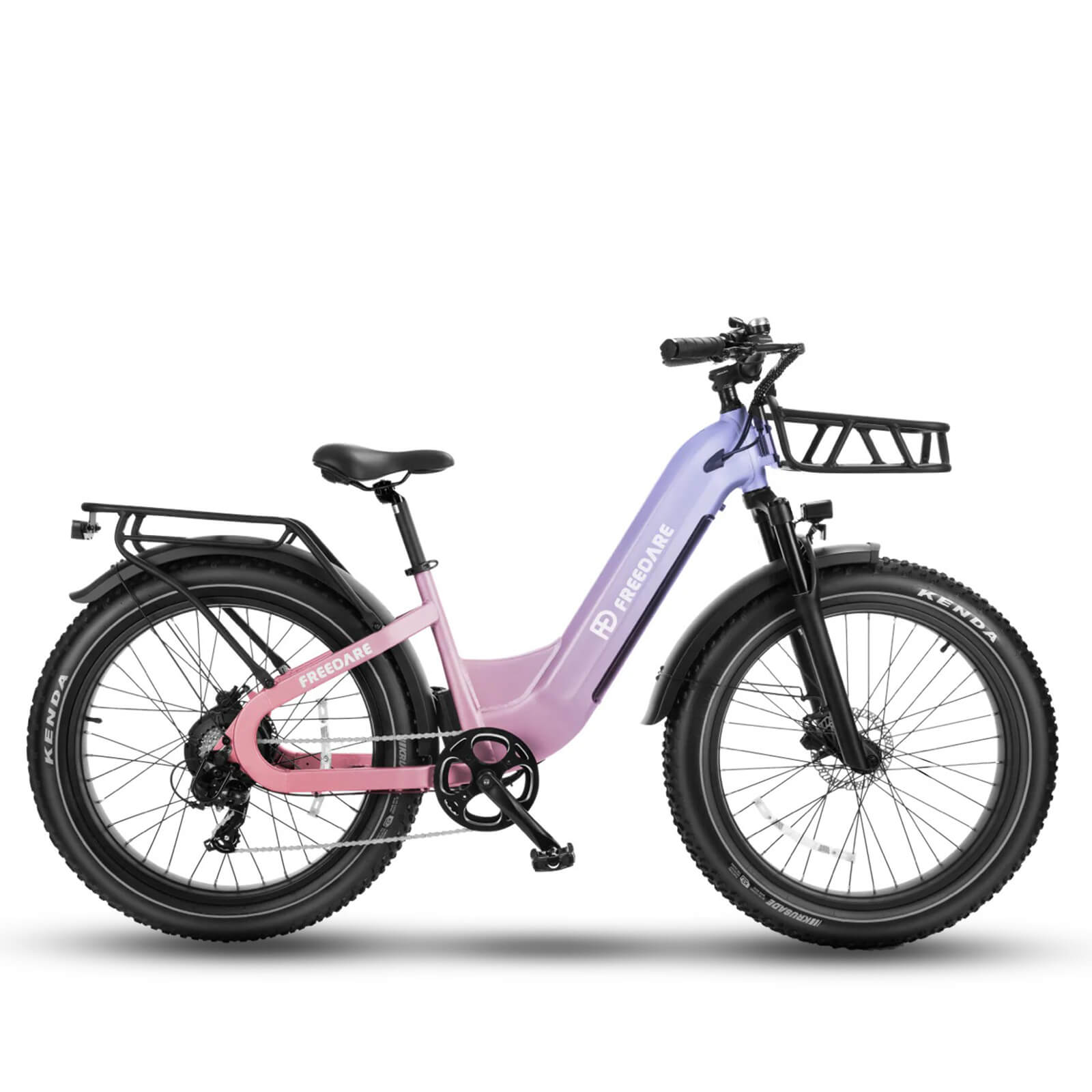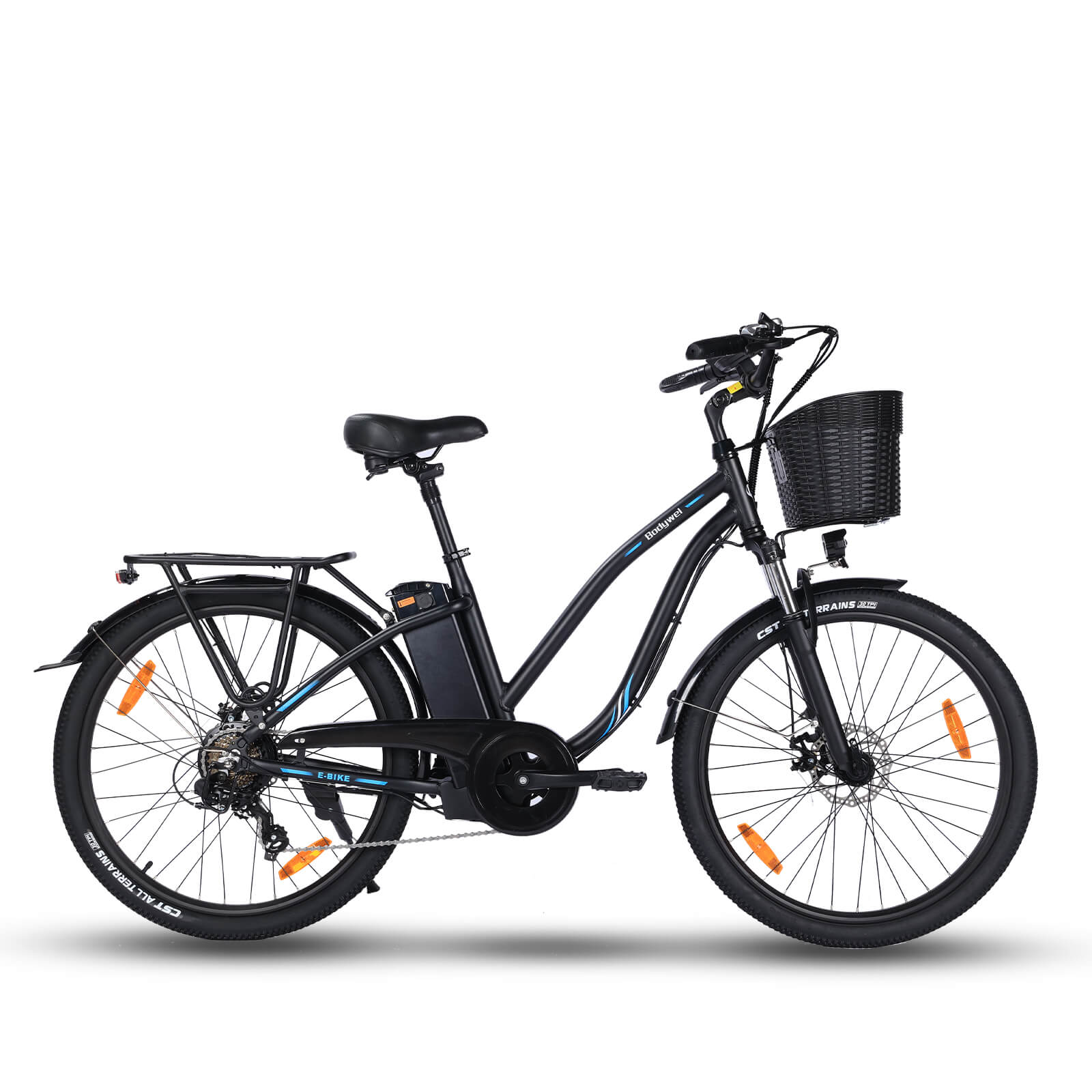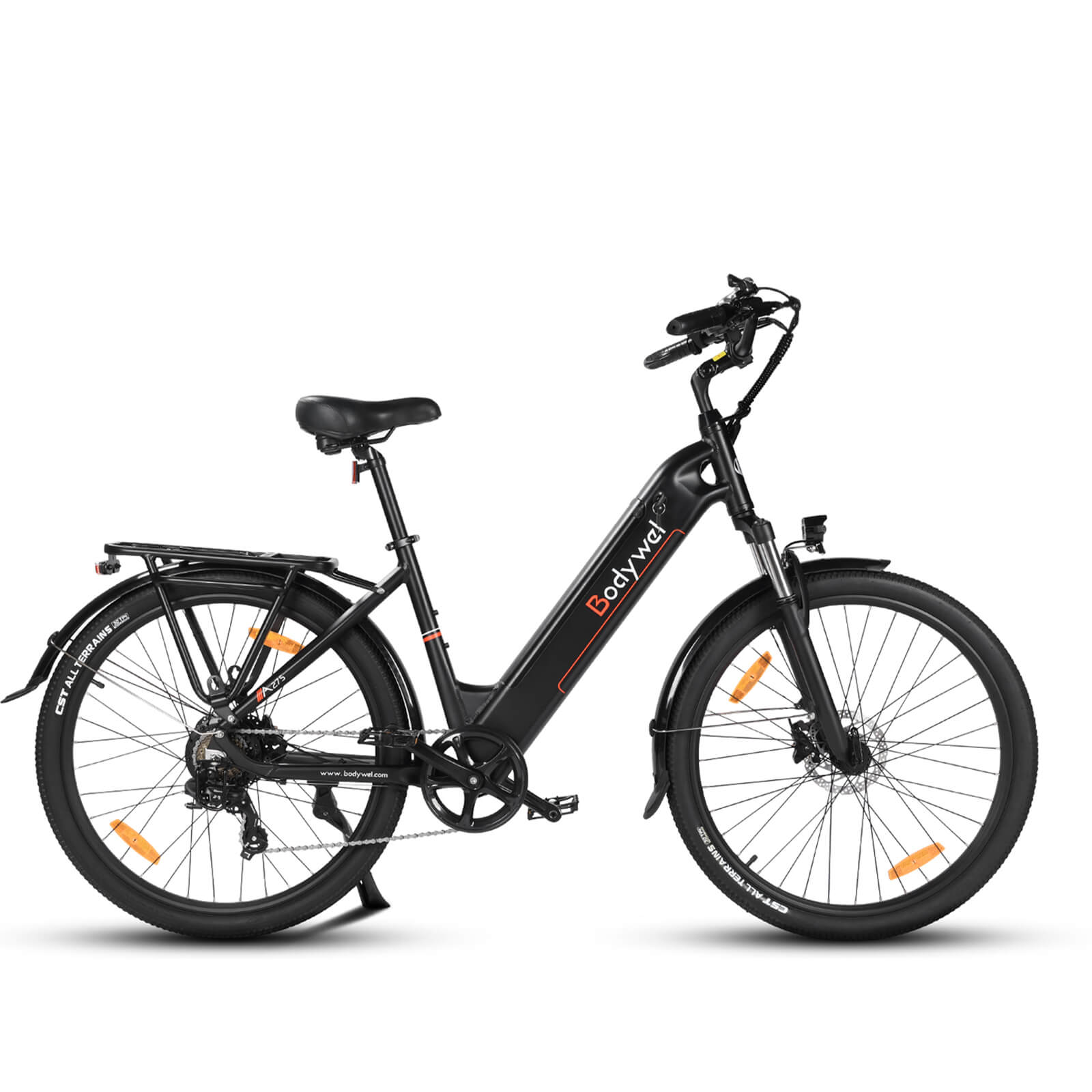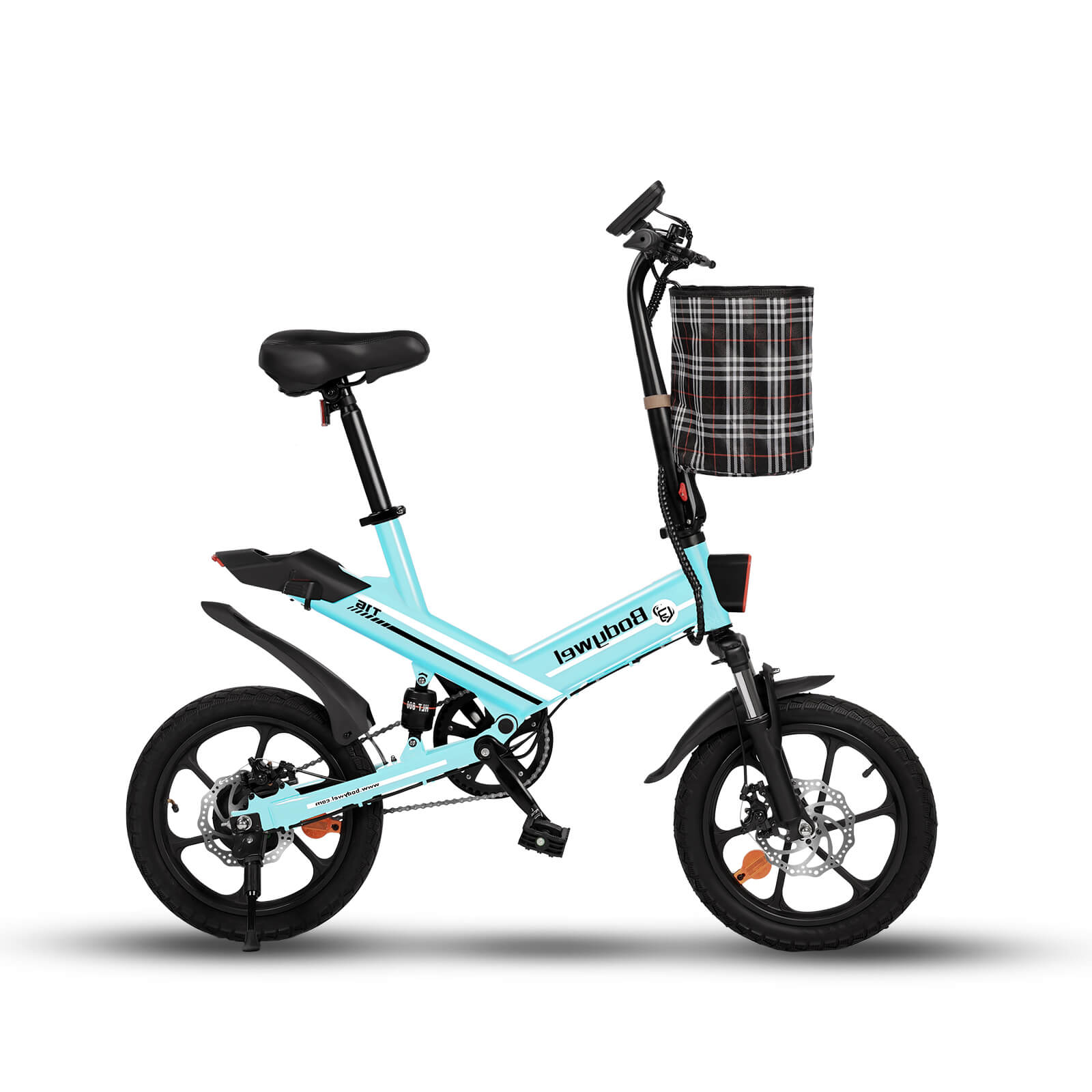Does ebike need license

Understanding Ebike Classifications
Electric bikes (ebikes) are categorized into different classes, which determine whether a license is required to operate them.
- 🚲 Class 1: Pedal-assist only, with a maximum speed of 20 mph (32 km/h).
- ⚡ Class 2: Throttle-powered, with a top speed of 20 mph (32 km/h).
- 🏍️ Class 3: Pedal-assist up to 28 mph (45 km/h); may have licensing requirements in some areas.
Where Are Licenses Required?
Depending on where you live, ebike regulations vary significantly. Here are some examples:
📍 United States
Most states do not require a license for Class 1 and Class 2 ebikes, but Class 3 bikes may require registration and helmet use.
🇪🇺 European Union
In the EU, ebikes with a motor assist limit of 25 km/h (15.5 mph) are treated like bicycles, but higher-speed models may require a license.
🇨🇦 Canada
Canada follows a similar approach, allowing Class 1 and Class 2 ebikes to be license-free, while more powerful models may require registration.
Factors That Affect Licensing Requirements
Several factors influence whether an ebike requires a license:
- ⚖️ Speed: Higher-speed ebikes (above 28 mph) often fall under motor vehicle laws.
- 🔋 Power Output: Motors over 750W may classify an ebike as a moped or scooter.
- 🛣️ Where You Ride: Some cities restrict ebike use on specific paths or roads.
How to Ensure Compliance
If you're unsure whether your ebike requires a license, follow these steps:
- 🔍 Check your local DMV or transport authority’s website for ebike laws.
- 📜 Register your ebike if required.
- ⛑️ Wear safety gear, such as a helmet, especially if riding a Class 3 ebike.
- 🛑 Follow traffic rules to avoid fines and penalties.
Conclusion
Whether or not you need a license to ride an ebike depends on its classification, speed, and local regulations. Be sure to check with authorities in your area to stay compliant and ride safely.
- Tags: Does ebike need license
0 comments




